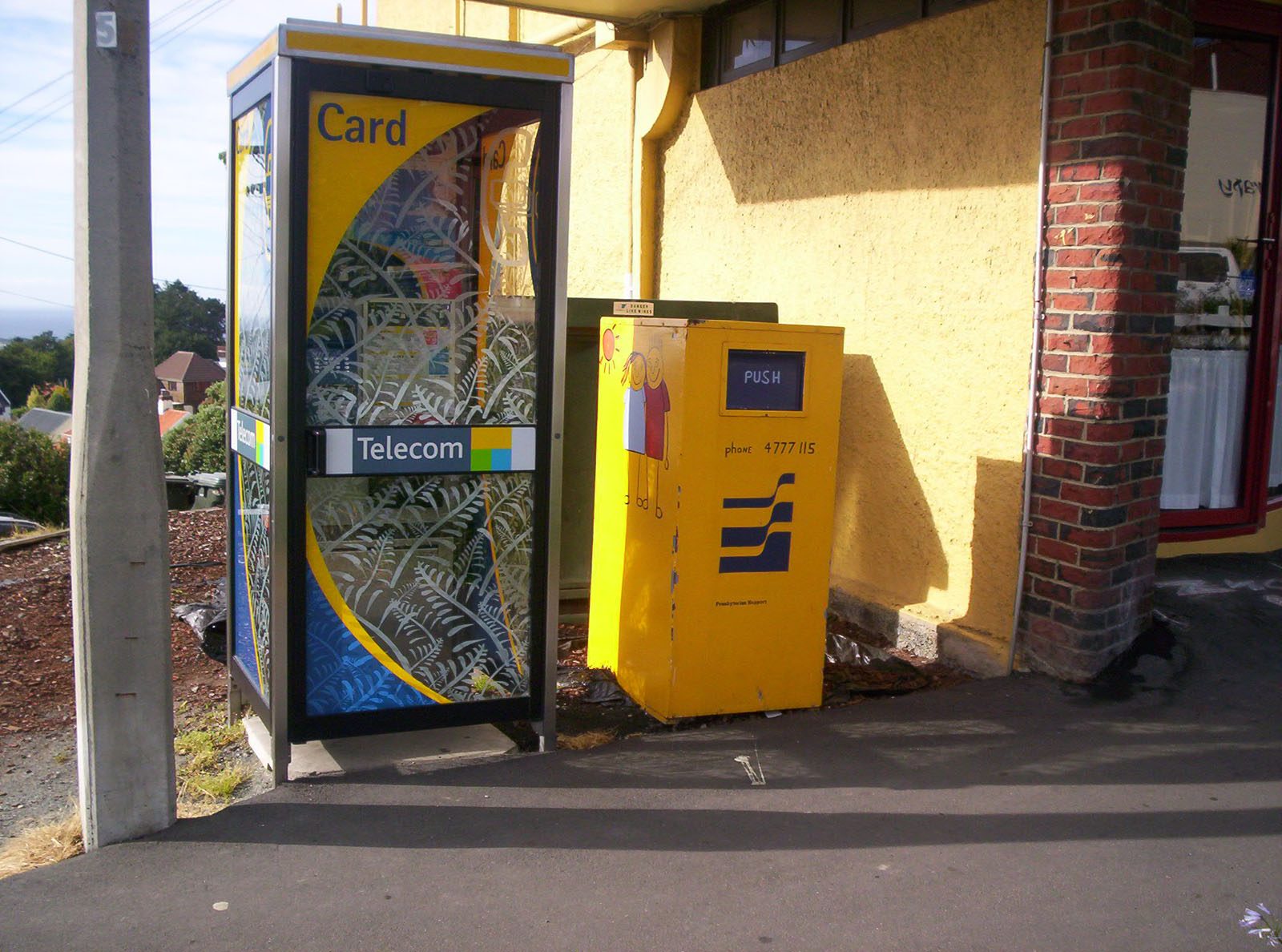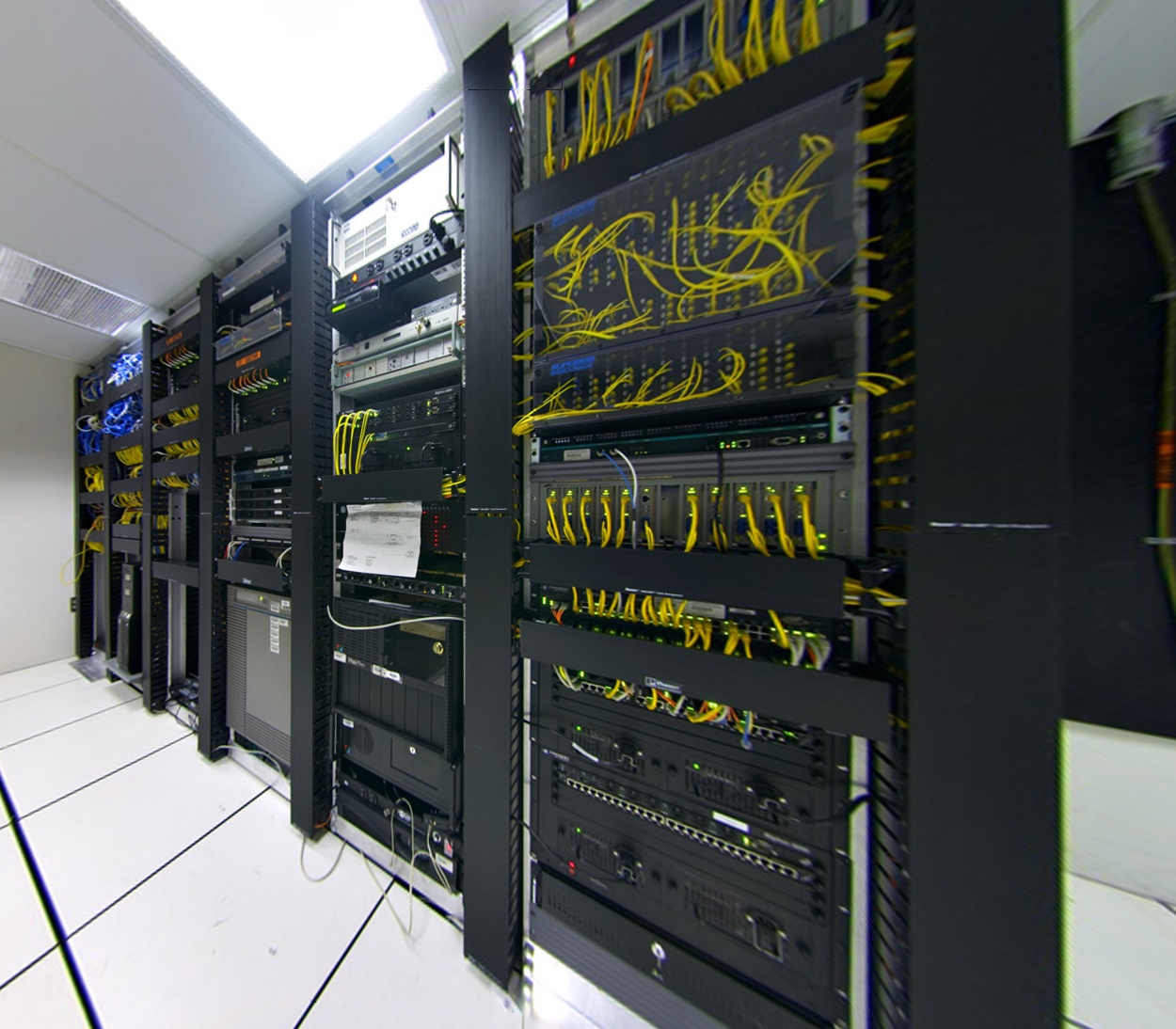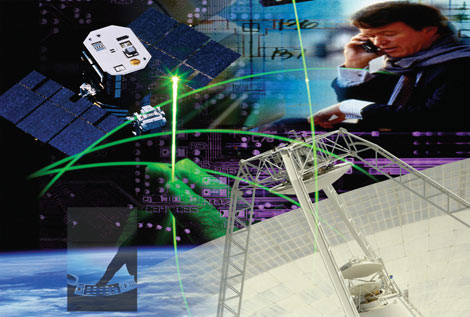The Regional Bell Operating Companies (RBOC) are the result of the U.S. Department of Justice antitrust suit against the former American Telephone & Telegraph Company (later known as AT&T Corp.) On January 8, 1982, AT&T Corp. settled the suit and agreed to divest ("spin off") its local exchange service operating companies. Effective January 1, 1984, AT&T Corp.'s local operations were split into seven independent Regional Bell Operating Companies known as "Baby Bells." RBOCs were originally known as Regional Holding Companies (RHCs).
Contents[hide] |
[edit] "Baby Bells"
After the Modification of Final Judgment, the resulting Baby Bells were originally:
- Ameritech — (acquired by SBC in 1999)
- Bell Atlantic — (acquired GTE in 2000 and changed its name to Verizon)
- BellSouth — (acquired by AT&T Inc. in 2006)
- NYNEX — (acquired by Bell Atlantic in 1996)
- Pacific Telesis — (acquired by SBC in 1997)
- Southwestern Bell — (changed its name to SBC in 1995; acquired AT&T Corp. in 2005 and changed its name to AT&T Inc.)
- U S West — (acquired by Qwest in 2000)
Prior to 1984, AT&T Corp. also held investments in two smaller and otherwise independent companies, Cincinnati Bell and Southern New England Telephone (SNET). Following the 1984 breakup, these became fully independent as well. All nine local-exchange companies were assigned a share of the rights to the Bell trademark. Additionally, there was one comparably-sized independent (non-Bell) company, GTE.
[edit]
After divestiture AT&T Corp. was prohibited from using the Bell name or logo (with the notable exception of AT&T's Bell Laboratories), and those trademarks would be shared by the RBOCs. Since the BellSouth acquisition, Cincinnati Bell has been the only former AT&T company still carrying the "Bell" name. (Additionally, Bell Canada, which was separated from AT&T starting in 1956 and completed in 1975, continues to use the "Bell" trademark, which it owns outright in Canada.)
Verizon continues to use the Bell logo on its payphones (including former GTE payphones), hard hats, trucks, and buildings likely intending to display continued use in order to maintain the company's trademark rights. Malheur Bell, an autonomous local phone company owned by Qwest, used the Bell name and logo until 2009.
Apart from historical documents and residual usage on the former BellSouth website, AT&T Inc. does not presently make active use of the Bell marks.
[edit] Mergers
Many of these companies have since merged, leaving only 3 regional telephone companies in the United States. After the 1984 breakup, part of AT&T Corp.'s Bell Labs was split off into Bellcore, which would serve as an R&D and standards body for the seven Baby Bells. In 1997, Bellcore was acquired by Science Applications International Corporation where it became a wholly owned subsidiary and was renamed Telcordia.[1]
[edit] AT&T Inc.
Southwestern Bell Corporation, which changed its name to SBC Communications in 1995, acquired Pacific Telesis in 1997, SNET (a former independent Bell System franchise not part of divestiture) in 1998, and Ameritech in 1999. In February 2005, SBC announced its plans to acquire former parent company AT&T Corp. for over $16 billion. SBC took on the AT&T name upon merger closure on November 18, 2005. SBC began trading as AT&T Inc. on December 1, 2005 but began re-branding as early as November 21. On March 5, 2006, it was announced that AT&T Inc. would purchase BellSouth for $67 billion, in an all-stock deal. On December 29, 2006, the Federal Communications Commission (FCC) approved the merger, worth $86 billion. [1]
[edit] Verizon Communications
In 1997, NYNEX was acquired by Bell Atlantic (taking the Bell Atlantic name), which later, in 2000, merged with GTE, the largest independent telephone company, to form Verizon. In 2005, following a protracted bidding war with rival RBOC Qwest, Verizon announced that it would acquire long distance company MCI. The Verizon and MCI merger closed on January 6, 2006.
On January 16, 2007, Verizon announced that it would split off Verizon New England operations in Maine, New Hampshire, and Vermont into a separate operating company, which then will be spun off and merged with FairPoint Communications. The deal was completed on March 31, 2008.
[edit] Qwest
CenturyTel has announced it will buy Qwest for US$10.6 billion.[2] While some portions may retain the Qwest name, the combined entity will be called CenturyLink.[3] Qwest itself was created by a merger, in 2000, of US West and Qwest, a Denver-based fiber optics long-distance company. It also provides internet, wireless, and local telephone services.[4]
[edit] Cincinnati Bell
- The former independent Bell System franchise Cincinnati Bell, which was not part of the 1984 divestiture because AT&T held only a minority stake in the company, remains independent of the RBOCs.
[edit] Bell Canada
- Bell Canada was divested from AT&T Corp. starting in 1956 and completed in 1975, and was not part of the 1984 agreement.
[edit] See also
- Incumbent local exchange carrier (ILEC)
- Competitive local exchange carrier (CLEC)
- Bellcore (now known as Telcordia)
- Local access and transport area (LATA)
- Bell System Divestiture
[edit] References
- ^ Dr. J. Robert Beyster with Peter Economy, The SAIC Solution: How We Built an $8 Billion Employee-Owned Technology Company, John Wiley & Sons (2007) p.73
- ^ DENNIS K. BERMAN, JOANN S. LUBLIN, SPENCER E. ANTE (April 22, 2010). "CenturyTel Buys Qwest in Land-Line Gamble". Wall Street Journal. http://online.wsj.com/article/SB10001424052748703876404575200042559183812.html?mod=WSJ_hps_LEFTWhatsNews. Retrieved 2010-04-22.
- ^ DENNIS K. BERMAN, JOANN S. LUBLIN, SPENCER E. ANTE (April 22, 2010). "CenturyTel Buys Qwest in Land-Line Gamble". Wall Street Journal. http://online.wsj.com/article/SB10001424052748703876404575200042559183812.html?mod=WSJ_hps_LEFTWhatsNews. Retrieved 2010-04-22.
- ^ "Qwest Homepage". Qwest Communications International Inc.. http://www.qwest.com. Retrieved 2008-01-20.
[edit] External links
- Pre-divestiture RBOC map (from Bell System Memorial)
- Table of RBOC changes (from Bell System Memorial)
- Bell Operating Companies (from Bell System Memorial)
- Qwest Communications
- AT&T Inc.
- Verizon Communications
- Cincinnati Bell
- Yahoo! Finance Article on AT&T's purchase of BellSouth
- Boston.com - FairPoint-Verizon deal comes to a close on Monday









